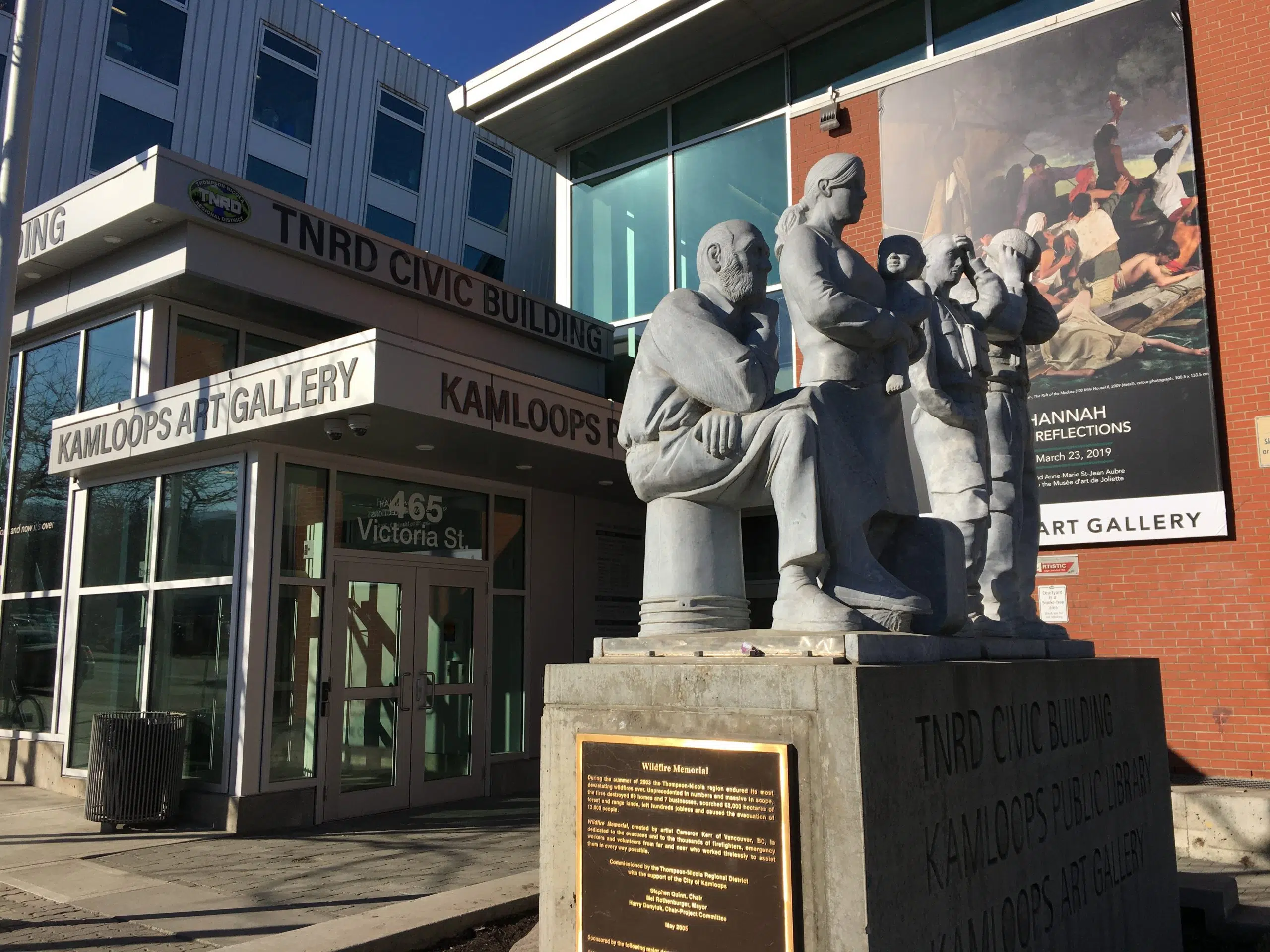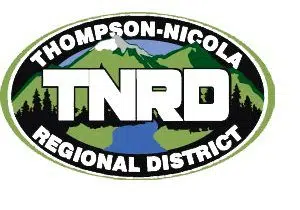
The Chair of the Thompson-Nicola Regional District (TNRD) is describing the lack of accommodations for wildfire evacuees as a “nightmare.”
Ken Gillis says he had to direct the last batch of evacuees impacted by the White Rock Lake fire to Kelowna, while other evacuees who left their homes two weeks ago had to go to Salmon Arm.
“We have absolutely nothing left in Kamloops, we have noting left in Merritt, and we have nothing left in Salmon Arm. They are absolutely full,” he said.
“A couple of places that occurred to me that might have been helpful are places like Cache Creek, which has lots of accommodation, but Cache Creek is on an evacuation alert as it stands right now.”
Using an example where he had to tell an elderly woman in Westwold that she may have to seek shelter as far away as Chilliwack if she’s forced to evacuate, Gillis said the situation is critical.
“She said, ‘What am I going to do? I’ve lived here all my life. I don’t want to leave. Why haven’t they declared a state of emergency?'” he recalled. “It was beyond frustrating that I couldn’t give her comfort – other than to say, ‘We’re hopeful that it won’t become an order, but if it does, we’ll have to ask you to leave.'”
“It’s a critical situation in terms of accommodation. We have nowhere to put people. It’s just becoming increasingly frightening.”
Gillis also says more personnel are needed to secure evacuated areas and to keep people from re-entering them before it is safe.
“We have a real concern over a shortage of personnel, especially in the security end of things. We are hoping to get some increased support there from the federal government but in order to do that, we have to go through the provincial government,” Gillis added.
“To that end, we have requested Emergency Management BC to provide with another 100 to 150 people.”
Gillis says the additional security will also help convince residents who reluctant to leave their homes that they should do so for their safety. He adds the RCMP has already promised to send re-enforcements to protect neighbourhoods now at risk of being looted.
Emergency Management BC is encouraging people who self-evacuated to consider returning home to make space for people who have been order to evacuation because of a threat to property or life.
There are roughly 300 wildfires burning across British Columbia with Gillis noting he’s been signing evacuation orders as late as 10 p.m. at night. The situation, he notes, is taxing to not just firefighters, but TNRD staff as well.
“We’re trying to make sure that they get time off and it’s not unusual for them to go home at, say, 9 o’clock at night and then, suddenly be called back because there’s another flare up and another state of local emergency has to be declared or, alternatively, an evacuation order has to be,” Gillis noted.
“It’s just been… it’s been wild.”
On July 15, the TNRD board voted unanimously to ask the B.C. government to declare a provincial state of emergency because of a situation which Gillis says is critical and only getting worse.
“The weather forecast is for increasing temperatures, lightning strikes through –not in the immediate Kamloops area, but in the Cariboo and so, I see nothing, but a worsening situation,” he said.
“It’s a terrifying prospect and I don’t understand why we wouldn’t use every tool in the toolbox to try to combat it.”
Premier John Horgan and Public Safety Minister Mike Farnworth have repeatedly said there’s no need yet to declare a state of emergency.
“I’m absolutely prepared to call a state of emergency when it is required by those professionals that are putting their lives on the line to protect families and property in British Columbia,” Premier Horgan said Friday. “I appreciate the enthusiasm of the Official Opposition but again, I think most British Columbians would prefer that I listen to the people and that’s exactly what we intend to do.”
The BC Wildfire Service currently lists the wildfire danger as high to extreme across most of the southern half of B.C., while cool, damp weather has significantly dropped the danger rating in the northern half of the province.
As of publishing, there were 37 wildfires of note in B.C. – fires are highly visible or pose a threat to public safety – 12 per cent of all fires in the province right now.
– With files from Marcella Bernardo, News1130 and The Canadian Press














